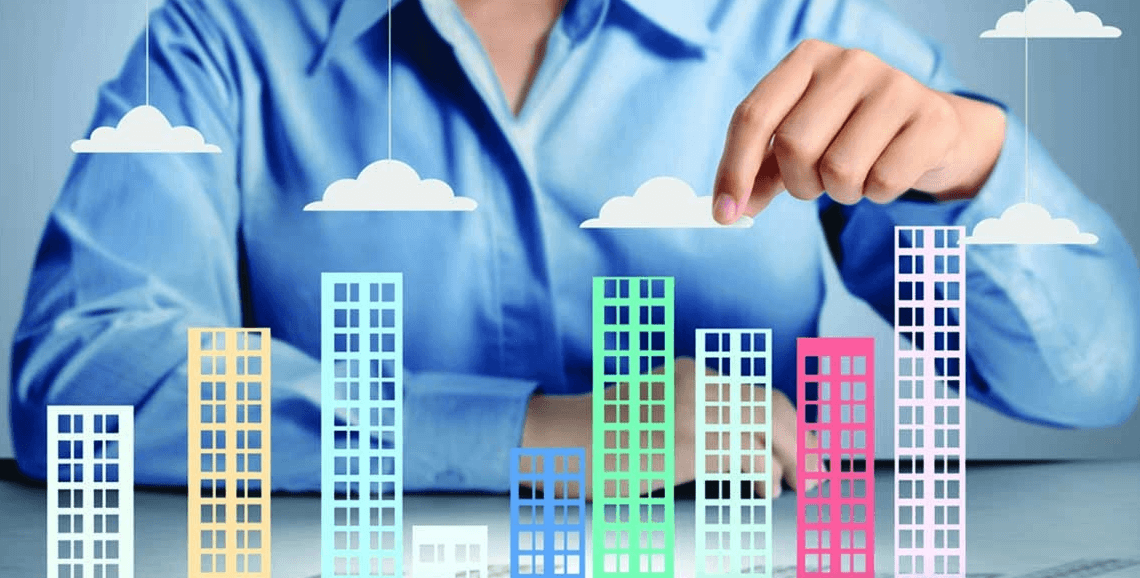Introduction
A commercial building is more than just a structure; it is a space where ideas turn into enterprises, where businesses flourish, and where communities come together. Serving as the backbone of urban development, commercial buildings accommodate offices, retail shops, restaurants, and service providers that drive local economies. With cities growing rapidly, the demand for well-designed commercial spaces continues to rise, making them a vital component of modern real estate.
The purpose of a commercial building is to provide functionality while enhancing productivity and customer experience. Unlike residential properties, these structures are specifically designed to cater to business needs, whether it’s maximizing floor efficiency for corporate offices or creating inviting storefronts for retail establishments. Developers and architects work hand in hand to ensure that these spaces meet industry standards while reflecting the brand identity of tenants.
Location plays a crucial role in the success of any commercial building. Strategic placement in central business districts, high-traffic zones, or emerging commercial hubs ensures accessibility, visibility, and convenience for clients and employees alike. Proximity to transport networks, parking facilities, and residential communities further enhances the value and competitiveness of a commercial property.
Modern commercial buildings are no longer just functional—they are designed with innovation and sustainability in mind. Features such as energy-efficient systems, smart technologies, green spaces, and flexible layouts address the evolving demands of businesses and customers. These advancements not only reduce operational costs but also position the building as a forward-looking investment that meets global standards.
For investors, commercial buildings represent a lucrative opportunity. Steady rental income, potential for long-term appreciation, and resilience in fluctuating markets make them attractive assets. Businesses, on the other hand, benefit from spaces that allow them to establish credibility, attract customers, and expand operations. This symbiotic relationship underscores the central role of commercial buildings in economic growth.
Beyond economics, commercial buildings contribute to the vibrancy of communities. Malls, mixed-use complexes, and business centers often become social and cultural landmarks, offering not only shopping and dining but also entertainment and lifestyle experiences. They shape the character of neighborhoods and enhance the overall quality of urban life.
Conclusion
A commercial building is a cornerstone of development, bringing together businesses, consumers, and communities under one roof. With thoughtful design, strategic location, and sustainable innovation, these structures continue to fuel growth and opportunity in cities around the world. For entrepreneurs, investors, and developers alike, commercial buildings remain essential assets that embody both economic vitality and modern urban living.




